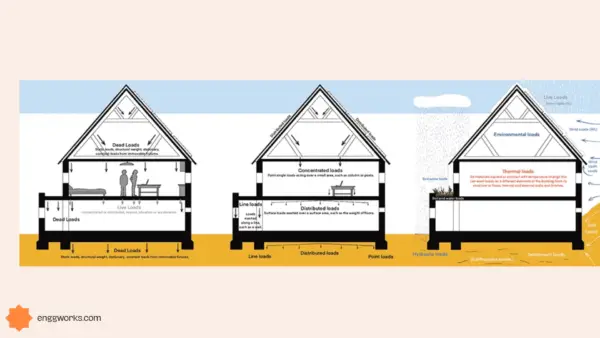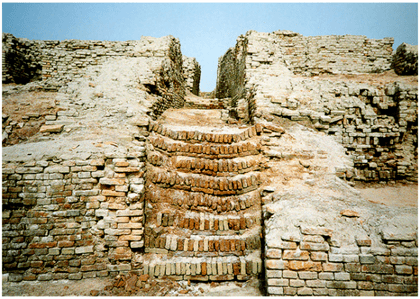Grouting Applications – Seepage Control, Stabilization and Underpinning
Grouting has many applications in different fields, such as vibration control, tile installation and bridge repairs. In this blog post, we will briefly introduce 10 grouting applications and how grouting can help improve the performance and durability of the structures. Vibration control: Grouting can be used to reduce the vibration and noise of machinery and…






